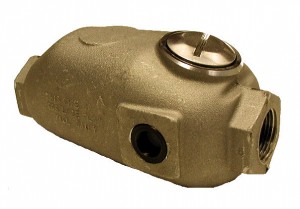I'm making some pretty substantial changes to my shop air system, and debating the addition of an air oiler. Since I do semi-frequent spraying of paints and clear finishes, and because my trim nailers are PTFE-sleeved oil-less jobs, I've always run without an oiler. That means manually oiling, die grinders, impact guns, needle scalers, framing nailers, roofing nailers, and all the other tools requiring oil.
Interested in getting advice and opinions from others in similar situation. If I did this, I'd be hanging two hoses, one for oiled air and a second for clean. But since I'm often stringing 200 feet of hose from my shop to the house for various jobs, it's not an entirely trivial decision.
Interested in getting advice and opinions from others in similar situation. If I did this, I'd be hanging two hoses, one for oiled air and a second for clean. But since I'm often stringing 200 feet of hose from my shop to the house for various jobs, it's not an entirely trivial decision.





